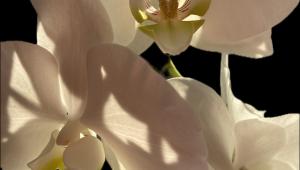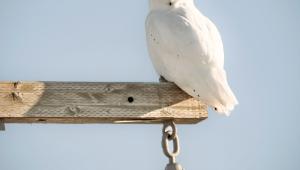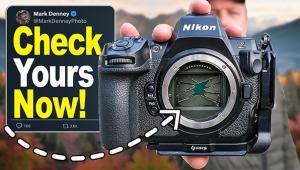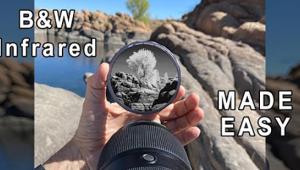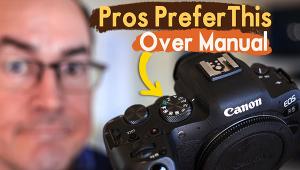Help
| Here is a quick tip list
on letters for the HELP! desk: Leica Historical
Society Update Thanks for the updated information on the LHSA. I'll correct my reference files and post your data for our readers as we get a number of inquiries about Leica brand equipment. In fact, I'm in the process of having my Leica IIIf (that I bought new in 1950) checked over so I can use it again as I did decades ago. Leica Repair Recommendation Thanks for passing this information
along. I'll get it to Bill Bullis and add this Leica repair facility
to my master list. I much prefer suggesting any repair facility or firm
with which a reader has had personal experience. This sounds logical to me, especially on a camera with a known top-quality lens. You can contact Essex Camera Services, Inc., 100 Amor Ave., Carlstadt, NJ 07072; (201) 933-7272; www.essexcamera.com. Thanks for another good suggestion to a reader's question. TLR Filters A. I believe your YashicaMat TLR takes the same type and size of bayonet filter as my old Rolleicord IV purchased in 1954. The Camera People stock many types and sizes of filters for older cameras. I just called them and although you can buy some filters with the bayonet mount you need (Bay 2, I believe), they said a more economical method would be to get a Bay 2 adapter with a step-up ring for using 49 or 52mm filters so you could then use regular size filters. You can contact them at The Camera People, PO Box 1069, Bayfield, CO 81122; (970) 884-6045; www.camerapeople.net. I'm sure they can provide what you seek. Bracketing Practice A. Bracketing exposures is typically done when you encounter unusual lighting situations that might confuse the camera's metering. If you are shooting color negative or black and white negative film you normally don't need to bracket any exposures since the film's broad latitude can still produce a printable negative even if the exposure is not particularly accurate. But, if you are using sensitive color slide (transparency) film which typically requires exposures within plus or minus one/half an f/stop for optimum images, then bracketing can be desirable. Some cameras have bracketing capability built-in when they will shoot one frame at the metered exposure, then one 1/2 stop or more and one 1/2 stop or less. If the camera (SLRs normally can do this) allows you to set your bracketing range you can vary the bracket range to a stop over and under and sometimes set for three or five bracketed exposures in varying amounts of over/under. Bracketing is only practical on inanimate subjects as an outdoor scene or still life as you would not obtain the exact expression or pose you intended if you tried to bracket on human or animal subjects. Hope this helps clarify bracketing for you. Hasselblad Queries A. You
have a very nice medium format camera for learning about photography.
I'll try to answer most of your initial questions. 1) Sekor is
the brand name of lenses that fit the Mamiya cameras such as the RB
and RZ67 and M645. They are not compatible with your Hasselblad. 2)
Extension tubes are primarily used for extreme close-up subjects. I
doubt that you will need one for most portraits or general subjects.
Extension tubes require an exposure correction since they move the lens
farther from the film plane. An easier method of adapting your 80mm
lens for moderate close-ups would be to purchase a close-up lens that
fits onto the bayonet front of the Hasselblad lens. A #1 close-up lens
would probably be strong enough for general subjects, and no exposure
correction is needed. 3) You should be able to purchase the proper extension
cord for your Sunpak Auto 544 handle-mount flash at most better dealers.
You will need a cord that has a PC terminal on the camera contact end.
Have you tried contacting the Sunpak distributor, ToCAD America Inc.
at (973) 428-9800? They should be able to direct you to a cord source.
4) The 80mm lens on 6x6cm format cameras is the equivalent to the so-called
50mm normal lens found on most 35mm SLR cameras. This focal length "sees"
a similar field to that of human eyes, thus it's considered a
normal lens. 5) I know of the Kiev accessories and cameras, but have
no personal experience with them. I would think that a moderate priced
Kiev viewfinder should be a handy accessory if you don't find
the normal waist-level viewfinder on your Hasselblad convenient to use.
We are pleased to hear that you find Shutterbug interesting and your
main source for learning about photography. We hope this brief information
assists you getting your new camera into more active use. Good luck.
I'm sure you will enjoy learning more about photography with this
camera. |
- Log in or register to post comments













